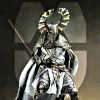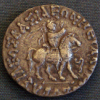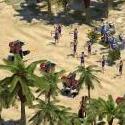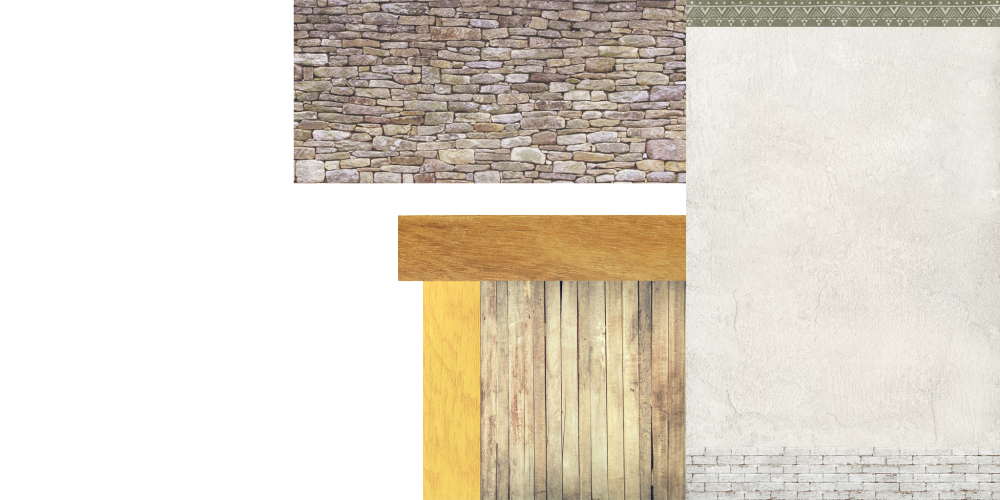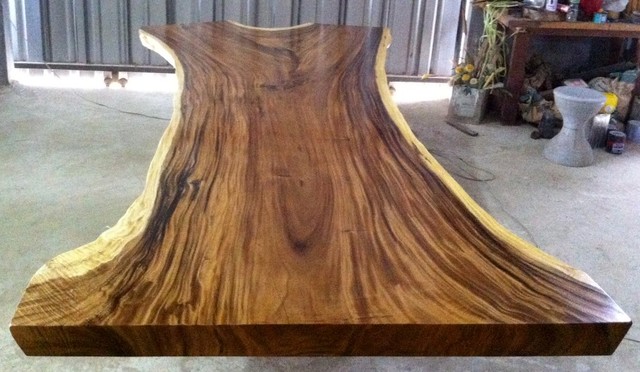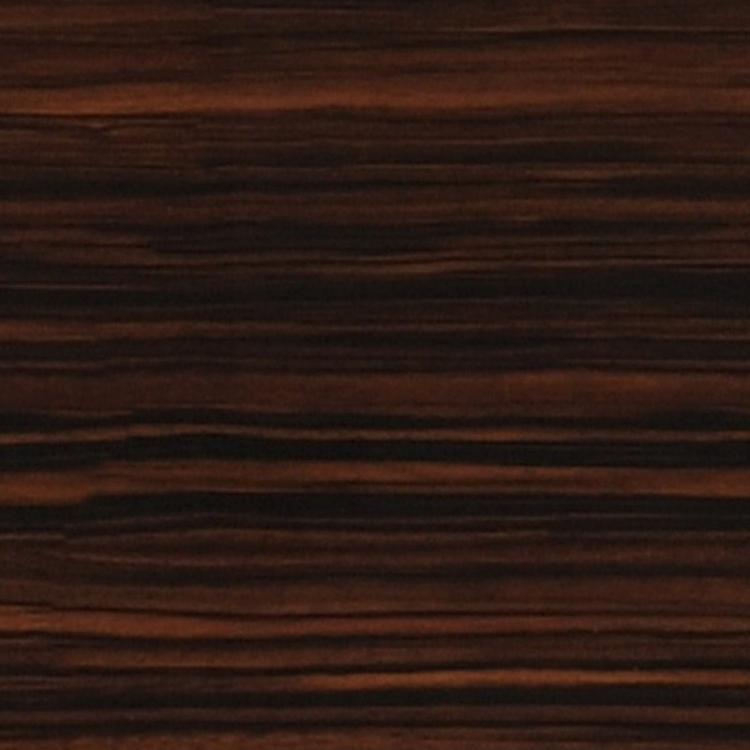Leaderboard
Popular Content
Showing content with the highest reputation on 2017-02-04 in all areas
-
@LordGood First of all, WOW! Secondly, thank you! Absolutely magnificent! I’m humbled and amazed at how fast you created that model. I think it looks great, but it could use a few minor alterations. It does look a little too pinkish… I do understand your reasoning (a kind of desert patina, from all the sand). I also understand it makes the lovely decorations stand out, but I think it should be a little less pronounced. Maybe lighter, or slightly de-saturated. Although the 3 rows of supporting wooden beams make sense from an engineering point of view, I haven’t seen any examples of it in Kushite buildings, except for supporting a flat roof or a second story, maybe. It’s a bit too reminiscent of Axumite architecture (they call the protruding wooding beams, monkey-heads). You could leave the highest row in place, as support for the superstructure, but they shouldn’t protrude as much. As towers are a sort of aggressive building, the dry-stone lower half is good, i.m.o, like the fortress of Gala Abu Ahmed, or Qasr Ibrim. Alternative tightly cut yellowish sandstone is also good. Sandstone is a more prestigious building material though. I kind of like the stone you used.. I also like the little windows above the door. It should just be separated from the door itself with a monolithic slab. The doorway could indeed be a little bit narrower, and built with quality cut blocks (and a monolithic slab covering the top) of the same color as the rest of the stones. See examples. Monolithic slab Apart form these pointers, I think it looks amazing! It put a huge smile on my face3 points
-
Formations, along with citizen-soldiers, are going to be what really sets 0 A.D. apart from AoE2.2 points
-
2 points
-
2 points
-
borg- already said it. Running out of trees is part of the gameplay. It forces you to search for another plentiful woodline elsewhere. Otherwise, if you want lesser wood-chopping speed, with lesser cost, then you should also agree with lesser trees. That's the only way to balance out the resource-scouting aspect of the game. Yeah, you want the map to stay beautiful. But that's inevitable when you're trying to play the game long-term.2 points
-
Im my opnion dont work. Exemple: Spearmen cost now: 2 food, 2 wood, ok, but now we need buff, how would it be? 1 food and 1 wood? Its is -50% less. This would apply to everything. And the soul of the game is exactly this, to look for new resources, to expand etc.2 points
-
Hahaha! Thanks… It's an open source game, so I don't even understand how some people think they can guilt people in to sacrificing their free time for something they could do themselves, if they're really so passionate about it. I don't believe in guilt-tripping people anyway… Especially not with history. A lot of very bad things happened to Africa, and Africans over the past few centuries, but I highly doubt that any one in the 0AD community is responsible for that. And there really is an underrepresentation of African history, to the point it gets dismissed. But as Africans, we ourselves need to be responsible for that representation, and not angrily demand others to do it for us. In the past few weeks, intensely scouring the net for reliable sources, I bumped in to so many weird topics you wouldn't even believe… Confronted with the archaeological record of Kush (and the cognitive dissonance that accompanies it), there are really groups of people obsessed with the idea that Nubians were actually white people . Considerable effort is put in to propagating the idea... On the other side of the spectrum, there are highly questionable Black Nationalist groups dedicated to spreading romanticized re-writes of history, that make any subsaharan civilizations seem superhuman. If you believe them, Taharqa conquered Spain… Oh, and the Greeks were actually black too… People are just too much sometimes... Anyway, I love the openness and genuine historical interest from the 0AD community. Not just in the Kushites, but the dedication to accurately representing so many civilizations, so often stereotyped (including even the Romans). For me, historical RTS are just as much about learning new things about history (even if it just makes me google a name I haven't heard before, or read a new civ proposal), as it is about playing the game for fun.. [By the way, I didn't check the license on the pictures of acacia and ebony wood in the spoiler. I just put them in as examples]2 points
-
The Kingdom of Kush, an illustrated update [UNITS] In anticipation of further research and development on a Kushite mod, I decided to share some more needed illustrations of historically accurate Kushite units. First, I will discuss a number of other images relevant to solving some open questions and providing a better visualization of Kush. Landscape: Although essentially a Nile Valley Civilization, the Kushites were not as dependent on the NIle as their northern neighbor. Many important Kushite sites are far away from the Nile, sometimes more than a 100 km away. This is largely due to the fact that the Butana steppe, the Meroitic heartland, is a seasonal savannah, as are many areas more to the south. For about 3 months in the year, the desert turns green! In Meroitic times, rainfall was markedly higher, and areas far from the Nile supported small acacia forests and large grasslands, which in turn could support larger populations than they can today. Fig. 80 Greenery at Al Azrak, in the border region between Sudan and South Sudan. This biotope reflects what the Kushite heartland would have looked like for several months in the year. Fig. 81 Archaeological plan of the excavated sites in ancient Naqa. Naqa was an important Meroitic site, 50km east of the Nile, with temples, palaces and large cemeteries. The central (royal) settlement area is about 600m x 400m, and has large walled sections. Residential areas of a less permanent nature would have surrounded the central site. Fig. 82 Just to offer some perspective. The two most famous, and well preserved (restored) structures in Naqa, the Lion temple and the "Roman Kiosk" (actually a shrine to Hathor), are actually the two smallest structures on the entire site! Fig. 83 This excerpt from "The capital of Kush" describes a furnace for iron-smelting. It was dome shaped, and located within a building, like all the furnaces in Meroe. Maybe the blacksmith for the Kushites could be a simple rectangular building in a courtyard with a small secondary building with a chimney and an orange glow coming from the doorway, to represent this smelting process. Fig. 84 It remains challenging to locate period depictions of boats in Meroitic Kush, but a pre-dynastic incense-burner from Qustul in Norther Sudan, strengthens my earlier propositions that "Egyptian style boats" are actually a Neolithic development from the border regions between Egypt and Sudan, and were present in Kush long before the Egyptian occupations in Middle- and New Kingdom times. There is no reason these typical high prow "Nile valley boats" can't serve as models for Kushite vessels. Fig. 85 For a variety of reasons, there are very few known, surviving weapons from Kush. Unlike many cultures, Kushites and Nubians didn't usually burry their dead with military equipment. The systematic looting of grave sites has also displaced or destroyed some of the few exceptions. We do have a few nice examples. In the left picture, is a very finely preserved Kerma era dagger. Similar daggers saw continued use long past the demise of Kerma. On the right picture, we see Meroitic weapons. Top-left is a knife. Top-right might be a double headed axe, bottom-left either shows a very large arrow head, or a very small spear tip. Bottom-right shows an axe-head, with a thin profile, ideal for hacking through armor. Strabo, relating to the war with Rome, said "they were badly marshalled and badly armed; for they had large oblong shields, and those too made of raw ox-hide, and as weapons some had only axes, others pikes, and others swords." His general account needs to be taken with a grain of salt, as it is positively biased towards Rome, and negatively biased against Kush (which seems normal for a historian from the Roman Empire). For example, he gives no explanation for why the Romans retreated from Napata, other than "the roads were bad". He gives no reason for why the Romans ceded territory, including a strategic city or rescinded any claim of tribute from Kush. He gives no reason for the 5 year duration of the war and erroneously identified Napata as the capital. Studying Herodotus, he would have known Napata hadn't been the capital of Kush for several centuries. But the report does echoe the use of swords and axes, and tells us of the use of pikes (perhaps a hellenistic influence?) Fig. 86 Image on the left shows a bronze Meroitic quiver. Common quivers would have been made from leather, like the one from Qustul, shown on the right, with barbed arrow heads and a thumb-ring Fig. 87 Meroitic bronze sceptre-head, in the form of a bust, probably representing the Qore (Kandake, female ruler) Amanakhareqerem, builder of the Amun temple at El-Hassa. This image is interesting because it features very clear Sub Saharan African stylistic features, but it also features Egyptian symbology. She is seen wearing the cobra shaped Uraeus crown, a symbol of sovereignty, royalty and divine authority. Fig. 88 Most of Nubia was part of the Kushite empire for most of its history, being heavily contested with ancient Egyptians (who ruled Lower Nubia for about 500 years), Persians, Ptolemies and Romans. A number of tribes inhabited ancient Nubia, among them Wawat, Irjet, Medjay, Setju and Yam. These people formed independent kingdoms in predynastic times, but later became contested between the southern Kerma Kingdom and Old Kingdom Egypt. Lower Nubia didn't form an independent state again, until the Noba (Nobatae) settled the area after a Roman invitation in the 4th century AD, and formed the Kingdom of Nobatia. This image highlights the complicated nature of Kushite/Nubian relations. A solid-cast copper statuette from Meroe, shows the Nubian King as a captive. It is inscribed with a Meroitic text that reads "This is the King of the Nubians". c. 50BC Fig. 89 The relationship with Rome was just as complicated. After a 5 year war with them, in the 20's BC, new trade relations lead to one of Kush's most prosperous periods. This [very rare] drawing of a lost, original fresco, apparently shows a Roman prisoner of war, at the feet of a Meroitic ruler, in the temple to victory, were Emperor Augustus' bronze head was also found. The original caption reads "Detail of a fresco, now lost, apparently showing a Roman soldier as a captured enemy beneath the feet of the Meroitic ruler. From Meroe, late first century BC. Watercolor rendering by H. Schliephack, Garstang Papers, Merseyside Museum, Liverpool." Europeans were called Tmey, by the Kushites. Fig. 90 More foreign prisoners at the feet of Queen Amanitore, on the Lion temple in Naqa. What is interesting is that all three prisoners are wearing a rimmed helmet with chinstrap. Fig. 91 Relief of Meroitic horsemen from temple 250 in Meroe (also know as the "sun temple"). They all carry lances and wear capes. All the horses have decorative bands running across their chest. Fig. 92 Post Meroitic saddle, 375AD, from the cemetery at Qustul. This saddle might not be from the Meroitic period, but it belongs to a Nobatian grave, a people who inherited much of their material culture from the Kushites, and I suspect this includes horsemanship and equipment. The design is distinctly non-Roman, but it is too intricate to have been indigenously developed over the span of a single generation by the Noba. 30 years between the collapse of Meroe, and the burial of this saddle, suggests that this was originally a Meroitic type saddle. Fig. 93 The horses from Ballana, a pre-Christian era Nobatian cemetery, in the Nubian museum in Aswan. The horse trapping (decorative bands of silver discs) seem to be what the earlier Meroitic reliefs are depicting. This is a very good model for Kushite horses. Fig. 94 The Kandake, Queen Amanirenas was the ruling queen during the war with Rome. She was a warrior queen. Strabo called her "Queen Candace", and described her as "a masculine sort of woman, blind in one eye". The image on the left shows an artists' interpretation of what Amanirenas, resting her hand on the Meroe head, looked like, and is based entirely on a relief of the Kandake Amanitore (her successor) on the lion temple in Naqa. Amanirenas is an ideal candidate for a Kushite Hero (perhaps having a bonus-aura against Romans, or heavily armed troops). Her successor, Amanitore was the ruler of Kush during and after the life Jezus of Nazareth, and is probably the "Candace, Queen of the Ethiopians", referred to in the New Testament story of Philip and the Eunich. She was a great builder queen, building a number of temples, and rebuilding temples in Napata after the Roman sack of the city. She could be another hero, with a building bonus (buildings get built faster in her presence). Fig. 95 The image on the left shows the New Testament scene of Philip baptizing the "Ethiopian" treasurer. He is shown with his "Egyptian" chariot and driver. New Kingdom chariots (right) should be the model for Kushite chariots (Kush actually exported chariots to Egypt). Fig. 96 Both these figures show Nubian Axe-men (as mercenaries?) in Egypt. The one on the left is a mounted unit from the Ptolemaic era, and the right one dates to the Roman period. They carry a double headed axe, and the Ptolemaic one is wearing Hellenistic equipment. They are both a good inspiration for (Hellenized) Nubian axe-men. Fig. 97 This is a New Kingdom unit, of Egypt. The reason I include it, is because it would make a perfect champion unit, trained from the Kushite special building, the temple to Amun. The temples to Amun were the foremost bastions of Ancient Egyptian culture in Kush, and continued many Egyptian ideals (including aesthetics in art, architecture, clothing...). The temple complexes to Amun were large, rich, powerful, and heavily guarded. In Thebes, Nubians were traditionally employed to guard the cult of Amun and other temples and shrines. The unit pictured here, seems to be of Nubian origin, and the leopard skin associates him with Amun. Leopard skins were the symbol of choice, for devotees to Amun. This unit could be a close quarter combat, shock infantry unit, called "The warriors of Amun" (or the holy warriors of Amun). Fig. 98 Similarly, the common temple (to Apedemak), could recruit an elite militia unit, called "the warriors of Apedemak" (or the holy warriors of Apedemak), pictured below. They could use pikes in formation, to reflect Hellenistic influence, wear the finest scale armors (in emulation of Apedemak, often shown in scale armor) and to finish it off, they could wear lions-heads. Fig. 99 Beja swordsman and spearman sparring. Beja swordsmen form ideal mercenary units. Fig. 100 Beja camel-warriors, equipped with typical round shield and lance. Fig. 101 A perfect model of a Meroitic gentleman, ready to be armed with a variety of possible weapons. Linen or cotton cloth, wrapped around the torso provide lightweight protection from slashing weapons, and blunting other weapons. [Important Spoiler!] Collection of the most accurate Kushite units from a variety of Total War mods I currently don't have the energy to discuss every unit individually, but they all seem to do quite a good job at respecting historical accuracy. They make use of spears and pikes, swords, bows and arrows and axes. layered strips of cotton, wadded/quilted cotton, leather and scale armors, and wicker and hide shields are all used. [Important Spoiler!] Questions and remarks always welcome. Thank you for reading!2 points
-
I have taken it upon myself to port some of the new civilizations from Delenda Est, specifically the Epirotes and Thebans, to a RotE style expansion pack mod adding new civilizations, 0 A.D. Empires Extended. If people are interested in trying it out, I will see about releasing it to these forums. I have finally attached the latest version of 0 A.D. Empires Extended. empires_extended.zip1 point
-
Interesting discussion. I also think there is still room for fleshing out the game a little more (especially economically). There should be a little more focus on strategy vs tactics. There should always be more than 1 viable way of attaining dominance (diplomatic and economy, as opposed to only naked military aggression). I also like the idea of trees regenerating. But it might spoil the balance. For longer games though, I think it makes a lot of sense. @Servo You are not the only one who plays like that. I can spend hours (even days) on a single map, building "cities" and smaller towns, outposts, harbors…. All the while toying with the AI set to hardest. But the AI seems to sort of give up, in the very late game. I also think that the maps start looking terrible, when totally deforested, and I also often wall the last remaining forests (and build a temple inside, to represent a sacred grove of sorts). Forests were definitely a "managed" resource, and often weren't just cut at will. Forests were some of the most important resources in the ancient world, not just for wood, but also a source of food, medicine, shelter, and even a location for sacred rites and rituals. For example, Caesar cut down massive forests in Gaul, because he knew how important they were to the Gauls.. Deforestation was definitely an issue in the ancient world, but usually, whenever an area gets completely deforested, it leads to the weakening and even collapse of whichever civilization lived there.1 point
-
Easy, just add a new texture variant in the actors1 point
-
Nubians is now my favorite nation when I play multiplayer in RoN. It has merchants and caravan bonus and can trade resources with discounts. Nice to use in team games. Good archers too.1 point
-
Yeah, I have never really liked the AoE2 (and StarCraft and CnC too) constant production meta.1 point
-
Since you started the commentated tutorial series, maybe you will also try your hand at casting a match now?1 point
-
Yes,Israelites too, and another civilizations but not all, still having micromanagement.1 point
-
There is evidence for efforts by Ptolemaic Egypt to start plantations of forests, they even had government owned nurseries for starting trees. There are lots of old laws governing forests, land ownership, etc from other cultures too. But generally, no real reforestation efforts for most of the civs we have, true. Its actually interesting that @Servo walls off trees; there is extensive evidence for sacred groves and places that, often, were walled. That and private paradises for the Persians and later Roman elite. Planting of trees would be interesting, but I don't think it would be a good addition to the main game. Maybe a mod that leans towards longer games.1 point
-
1 point
-
I have found a few of the missing specific names. For the Ptolemies, blacksmith is kh-p-sh, farm field is m-r, temple is ḥwt-nṯr, and sentry tower can probably be the same as outpost. For the Mauryans, sentry tower is Tārāṅgaṇa. For the Romans, sentry tower is Catascopium. For the Hellenes, sentry tower is Karavokyrós.1 point
-
1 point
-
Why pink? Didn't he clearly say they whitewashed the buildings?1 point
-
1 point
-
To @Juli51 or any other artist It would be really nice to have a sketch/drawing of the civic center and blacksmith. Have a look at the Kushites Mod specification (https://github.com/Jeeppler/kushites_mod/blob/master/docs/build/specification.pdf) or this forum for inspiration.1 point
-
But mostly accurate with resourced than RoN. the infinity resources. That isn't accurate.1 point
-
I doubt , directly they don't. But trough their neighbors.1 point
-
@LordGood Cool! I started an amateuristic texture pack myself, but then I realized you guys actually don't seem to use photo-textures… I don't know if it's anywhere close to usable, but I'll share it for you to get an idea of where I was heading with it. I was careful to use only cc0 licensed images, and 2 pictures of my own (wood). I'm not satisfied with it as a whole, but I do really like the broken white plastered wall with brick base and decorations at the top. Just see what you make of it… I'm just happy you're working on something Kushite-related [Edit] As far as wood goes, acacia seems like a logical choice. Dark ebony wood was also a major export for the Kushites. I think we can assume they used it themselves as well.1 point
-
@Sundiata Just a heads up, I've started making a 1024*1024 Kushite structural texture pack. If there are any dominant surface treatments or building materials I need to know of, now would be a good time to let me know, also the color of local lumber. So far I've been focusing on dry stone treatments and white painted mud-plaster walls I paint my textures, so it's not a fancy 3D built texture like many of Enrique's, but it'll do. Also if any other artist wants to work in tandem another 1024p can be added to make it a 2048*1024 like the Ptolemies' pack. Just keep communications open so we won't have a messy union of assets.1 point
-
1 point
-
@LordGood is currently working on Zapotecs, which could be merged with the existing Rise of the East mod (see the discussion in the screenshots thread). Actually the Kushites (in the far south) would be a logic addition to the Hans (in the Far East) and Zapotecs (in the far west), at least in respect of most civilizations featured in 0 A.D (see also LordGood's post).1 point
-
My apologies for continuing/resurrecting an old thread... I have a counter proposal to the problem of counting currently gathering units on a given resource, when they are not actually at said resource: Specify units tasked to gather, but not actually at the resource, as "Enroute" gatherers, and make the object storing the entity-ids of these be player-specific.When a unit arrives at the resource, they are moved from the player-specific 'enroute-gatherers' object to the global 'gatherer' object for that resource.When a player selects a resource, the count they see in the UI is summed from the global 'gatherer' object and their particular part of the 'enroute-gatherer' object.To give an example:Player 1 and Player 2 can both see a tree they wish to gather from, a tree that has no current gatherersPlayer 1 sends four units to gather at the tree, and they are now considered 'enroute'Player 1 selects the tree in question, and sees from the UI that there are four gatherersPlayer 2 selects the tree, and according to her UI, there are no gatherers. (Which makes sense, as a Player shouldn't have advance notice of enemy unit movements)Player 1's units arrive and get to work. Player 2's UI updates, showing the four gatherers.Player 1 sends four more units, and upon reselecting the tree, his UI shows eight units.Player 2 also sends four units, and her UI updates to also show eight gatherers (Player 1's original four units who are still at the tree plus her four enroute units)Player 2's units get there first, and set to work. Player 1's units arrive shortly after, find the tree now full, and look for an alternative tree nearby.The plus is that it prevents gather-slot stealing by not allocating the global slots until the unit is actually at the resource, whilst also providing a way for a player to be able to assign units to a resource, and have the UI update to reflect that decision. To see if the above would work, I have created a mod to demonstrate: https://github.com/s0600204/gather-count (A18 only, sorry). Continuing, on a branch, I've also merged MattDoerksen/Deiz/historic_bruno's patch from #643, adjusting it to take into consideration enroute gatherers and also formations (which was a known issue with the patch). Known issues: Units coming out of a building (from being trained/garrisoned) following a rallypoint to a resource to gather are not counted. This is due to units being given the order to GatherNearPoint rather than Gather in these cases (causing units to use INDIVIDUAL.GATHER.WALKING rather than INDIVIDUAL.GATHER.APPROACHING). This is also true in the unmodified game.Edit: I created the mod so as to demonstrate and so people could try it easily. I can create a .diff patch if desired.1 point




.thumb.png.ce58cea22940c255f5b0a735d5abee36.png)
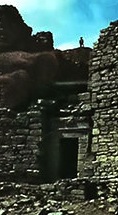
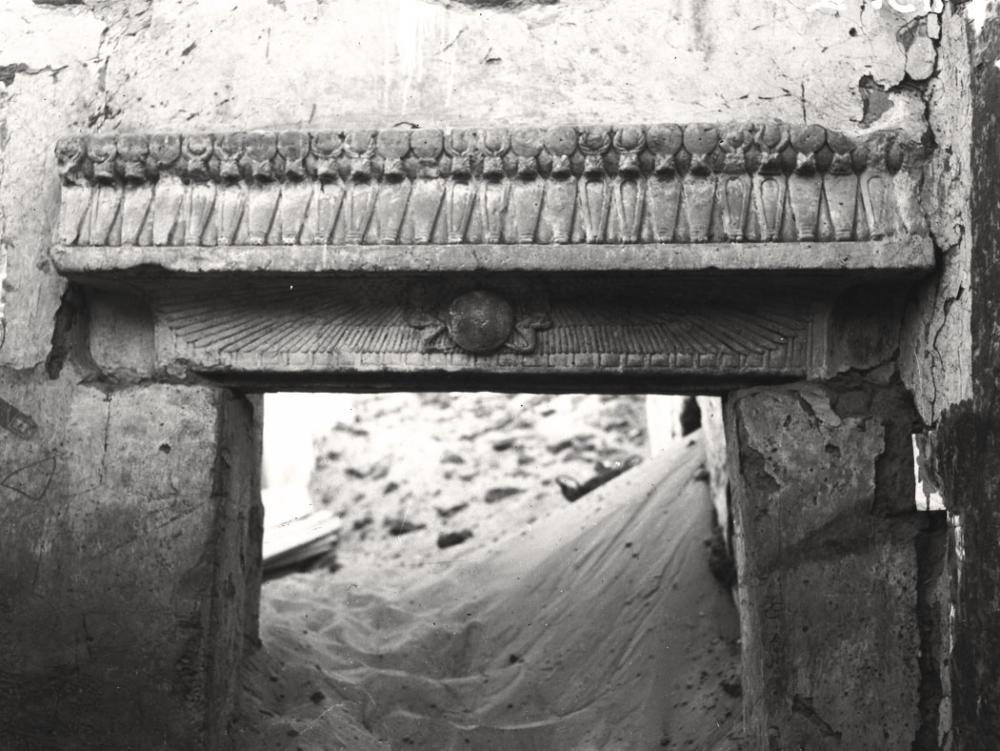
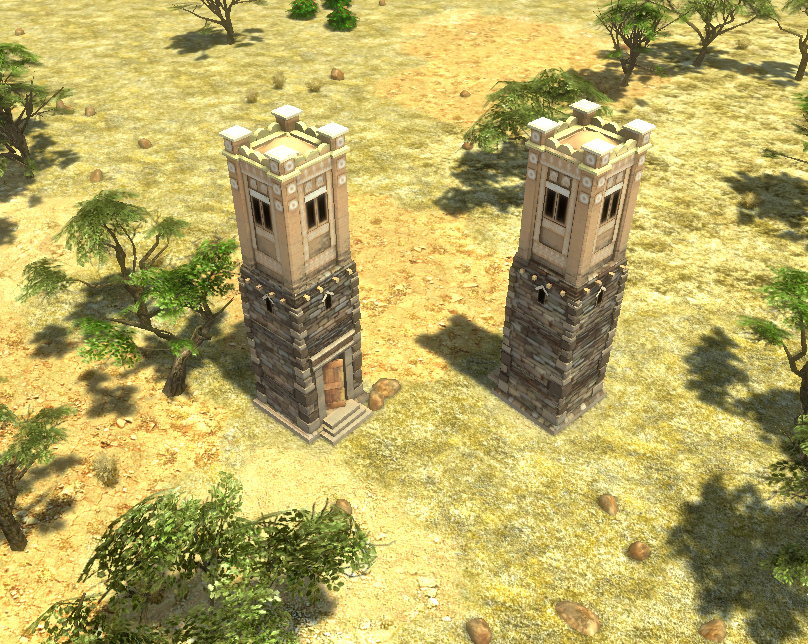
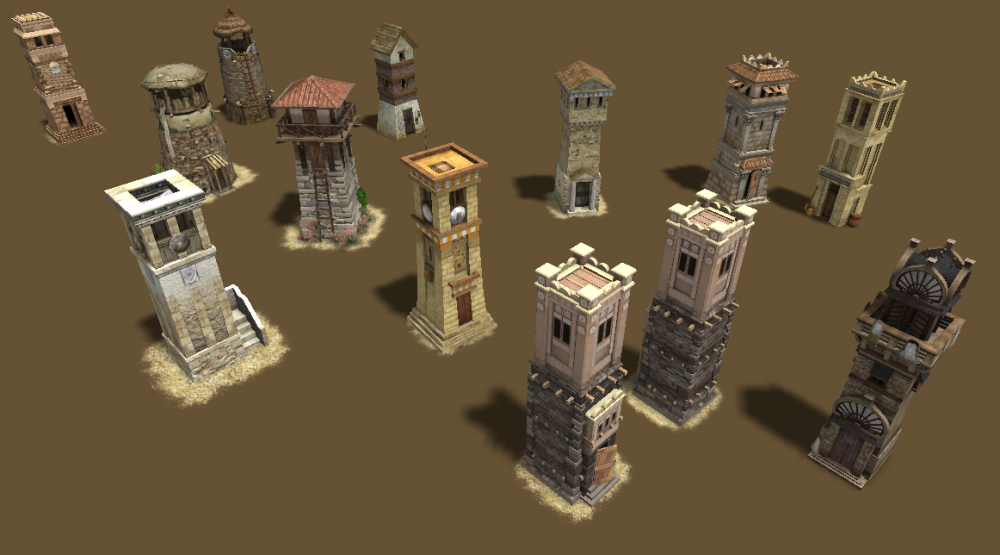
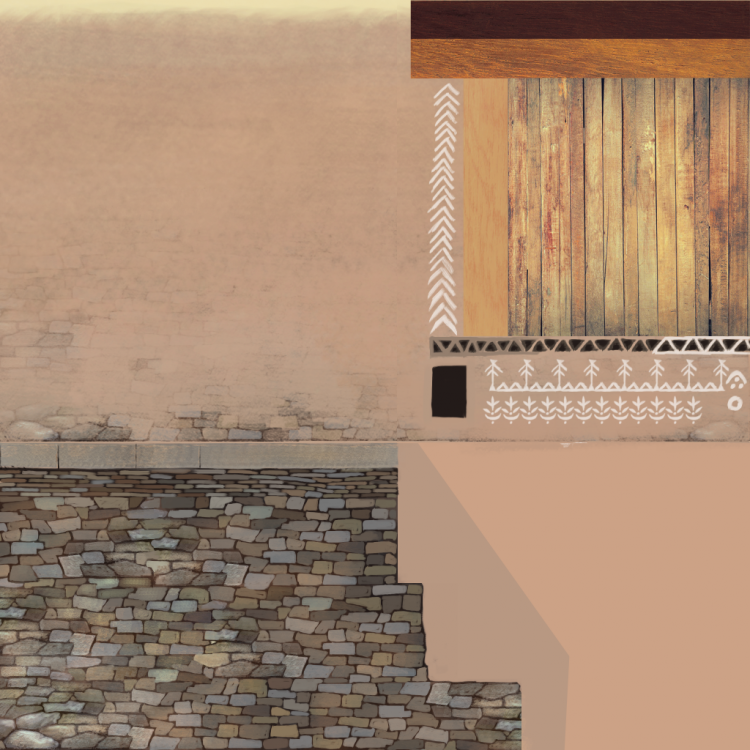
(1).thumb.gif.b5909d3df98a8ec15dc452423f219bc5.gif)
